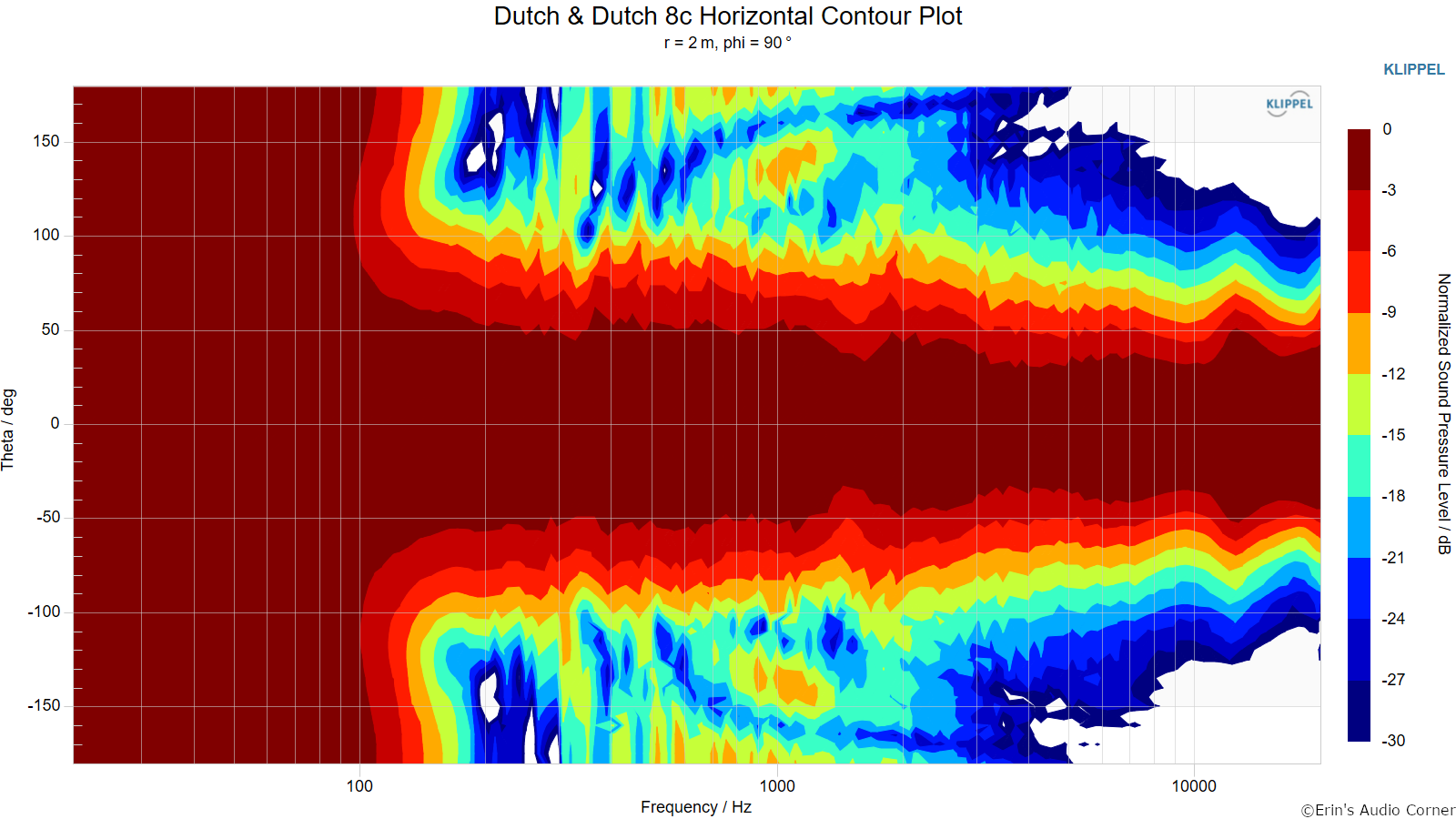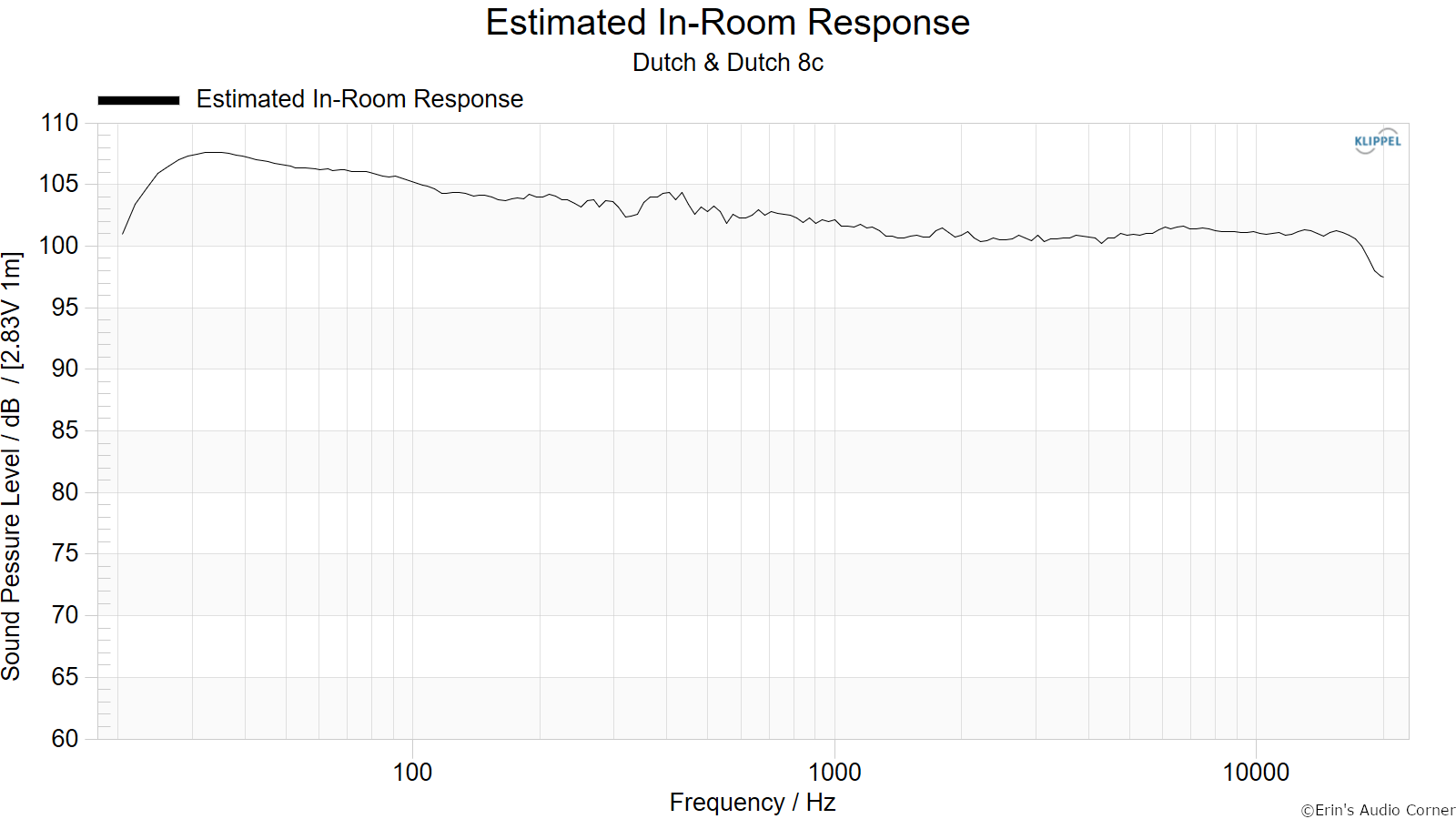I did not bring up that argument. It was rather an example of pros mastering acoustic situations which are far more complicated and require much more theoretical knowledge and experience compared to setting up a home system plus room. And they are by no means right because they are pros but because the result in many cases is a proof they can master such situation.
I did not imply the problems and solutions of huge sound reinforcement and home system are the same. It way merely about PA people having tools at hand to simulate and take advantage of pretty complex directivity issues, far more challenging than those in home situations.
Which has nothing to do with the issue we were discussing. Thanks for the confirmation that you are avoiding the issue.
That claim is ridiculous. Funnily your waterfall plot is showing the resonances´ decay characteristics are still in place, they are just less loud so you can hide them in the noisefloor. But if they last long enough they are still audible despite the level being normalized.
You have been referring solely to the frequency response when it comes to modes. What about modes reacting in a nonlinear manner to the time window they are stimulated and the actual SPL at which they are resonating.
Since when would narrow-band or octave-wide measures to take out energy in the bass region, typically 40…200Hz, result in a lifeless and dead room? Higher frequencies than that are not affected if you choose the correct tools to counter modes.
Okay, that is a necessary condition to which I agree, but not a sufficient one.
No, the directivity of most speakers narrowing towards higher frequencies is neither divine law nor inevitable nor desirable for good sound quality. The fact that you accept that flaw because it is common is a classic example of a circular argument.
If we want to have tonally balanced reproduction in a room, we want to seek for linear response under free-field conditions PLUS more or less flat response in a reverberation chamber, or constant directivity index (at least in all frequency bands for which our ear can distinguish between direct sound and reflexions, i.e. approx. 300…8,000Hz) PLUS balanced RT60 of the room in this range.
Sloping down overall FR, may it result from increasing DI or decreasing RT60 towards higher frequencies or both, is a major flaw which should not be accepted. You as the high priest of linear frequency response and even graphs should view it as a mortal sin.
And it is by no means considered ´neutral´ or ´natural´ by listeners. Depending on the room characteristics and the actual sound field it might cause dull tonality, dark, overly warm, distant imaging, lack of detail, lack of air, impression of overdamped treble, decreased resolution and dampened dynamics, lack of attack or overtones (particularly of brass instruments, oboe, distorted electric guitars or similar timbres), may result in murmuring midrange, bloated voices, darkened or dull vowels and formants and alike.
Note that it is not determinable which of the aforementioned phenomena will be dominating as this is depending on the room, the frequency band of increasing DI and the listening distance. In near-field setups, rooms with increasing RT60 towards higher frequencies, broadly overdamped rooms or open spaces it might even sound good but that is not common in living environments.
Why should a linear frequency response be perceived as too bright? This is an outright ridiculous claim, especially if we talk about ears being calibrated by acoustic live performances and the natural timbre of non-amplified instruments and room´s reverberation patterns which by no means have a frequency characteristic sloping down. And if they would (some concert halls have), the microphones would have recorded exactly that sound field so applying an additional EQ curve tilted downwards during playback would inevitably lead to even more dull, dark, lame, midrange-heavy tonal balance.
Both is wrong. The slope is not subjective, it is called discolored tonal balance (in this case merely of indirect sound field) and represents a major flaw. And no, a DSP helps nothing here as it cannot influence the frequency-dependened ratio between direct and indirect sound which is solely determined by DI and RT60 changing heavily over frequency. If you try to linearize the overall FR in the room or the indirect sound, your direct sound field will be dominated by treble and this might sound too bright.
Could you provide me with a link to something you would call a relyable survey underlining your claim about similar preference please? If your arguments are as flawed as with the sloped sound field, it might be a very brief exchange.




